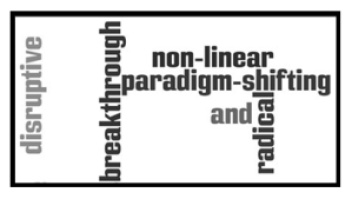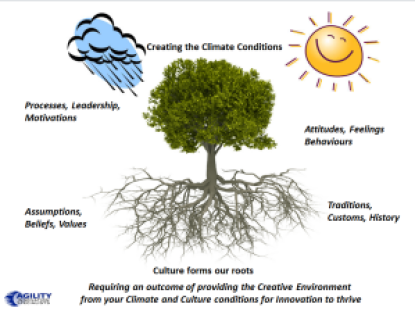
I have been spending some significant time questioning the current innovation business model, from both the customer’s (clients) perspective and the innovation consultants’ one.
Now we all know not all things are equal, many companies have invested significantly in improving their innovation capabilities.
Many of these have been heavily reliant on outside help in achieving this position yet all the effort has led to limited returns for many and still a work-in-progress.
Yet far more of our business organizations are continuing to really struggle on their innovation activity for a whole host of reasons that seem never-ending, disappointing in end result and stuck in management quicksand to ever really change.
For me, the process and management of innovation really does need to be definitely questioned.
Continue reading “Shifting Radically the Innovation Business Model”







